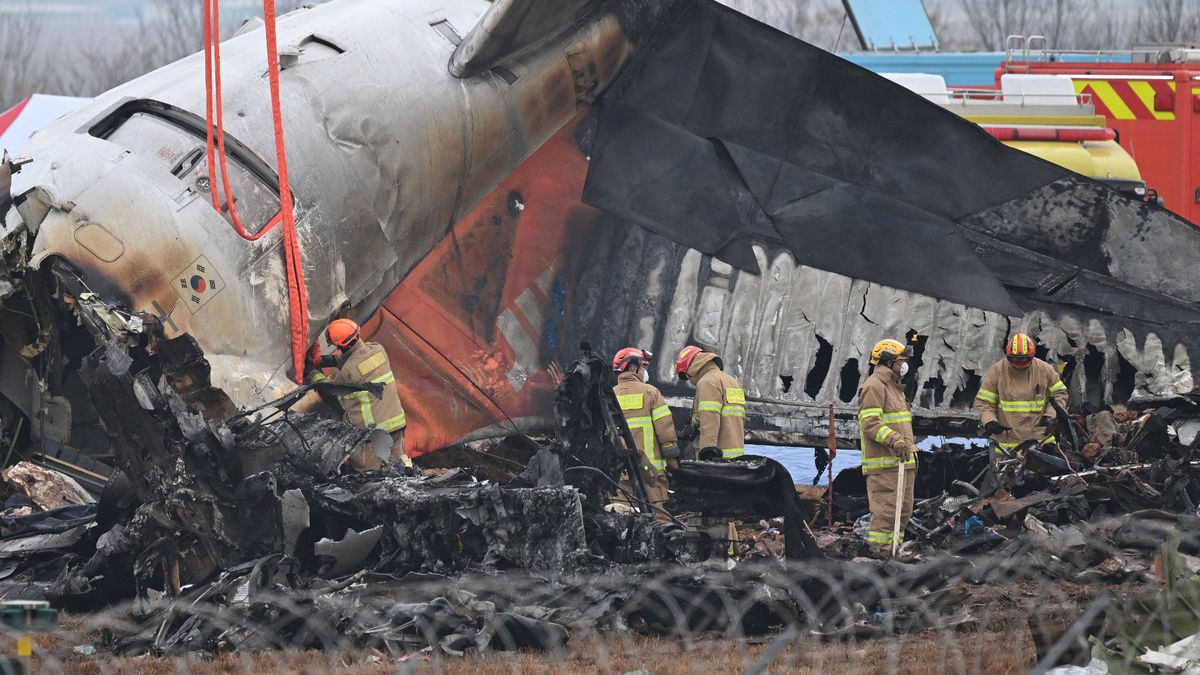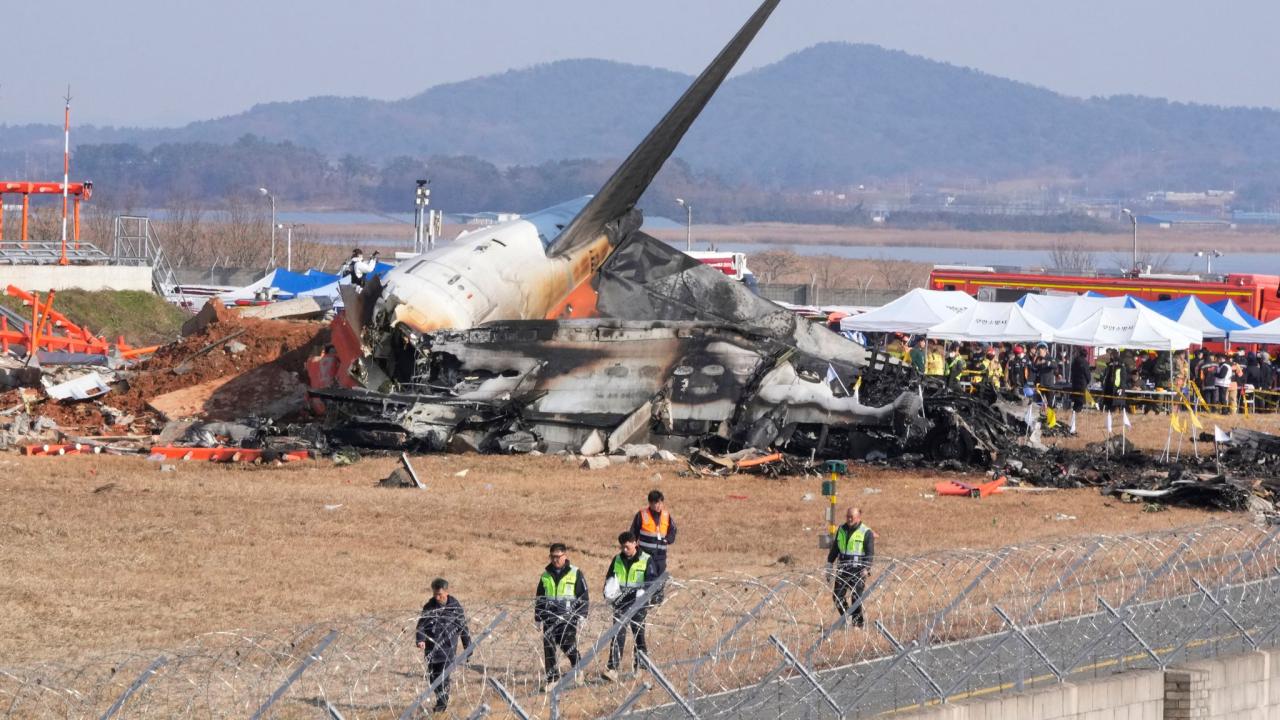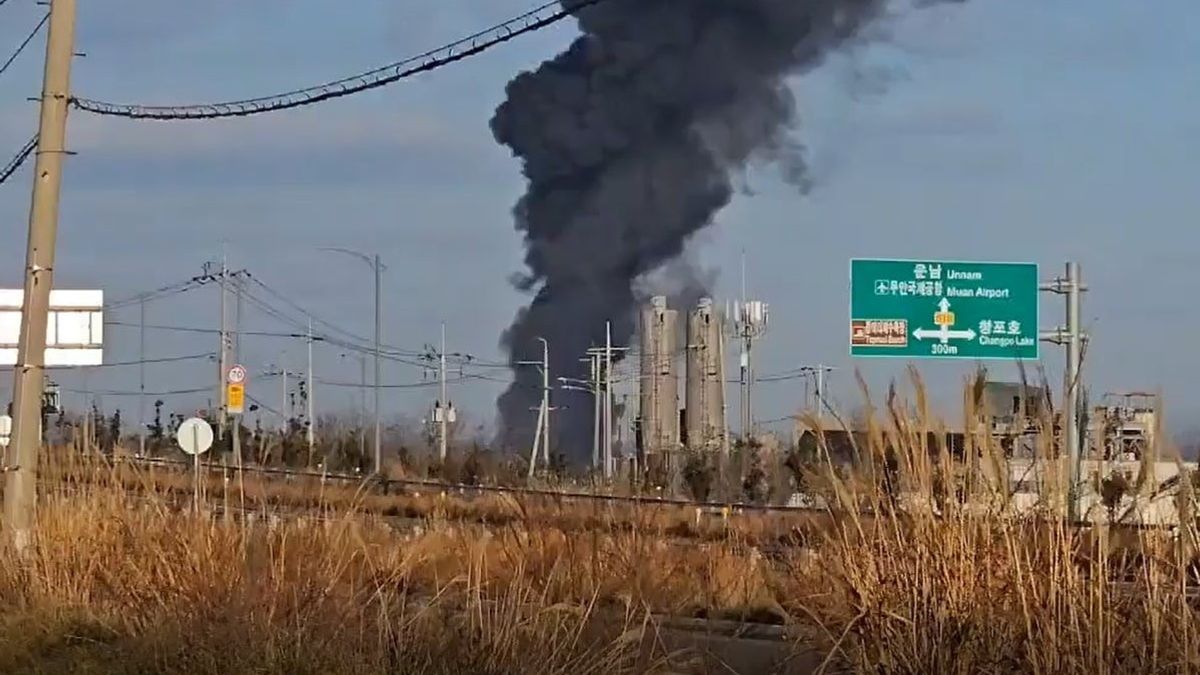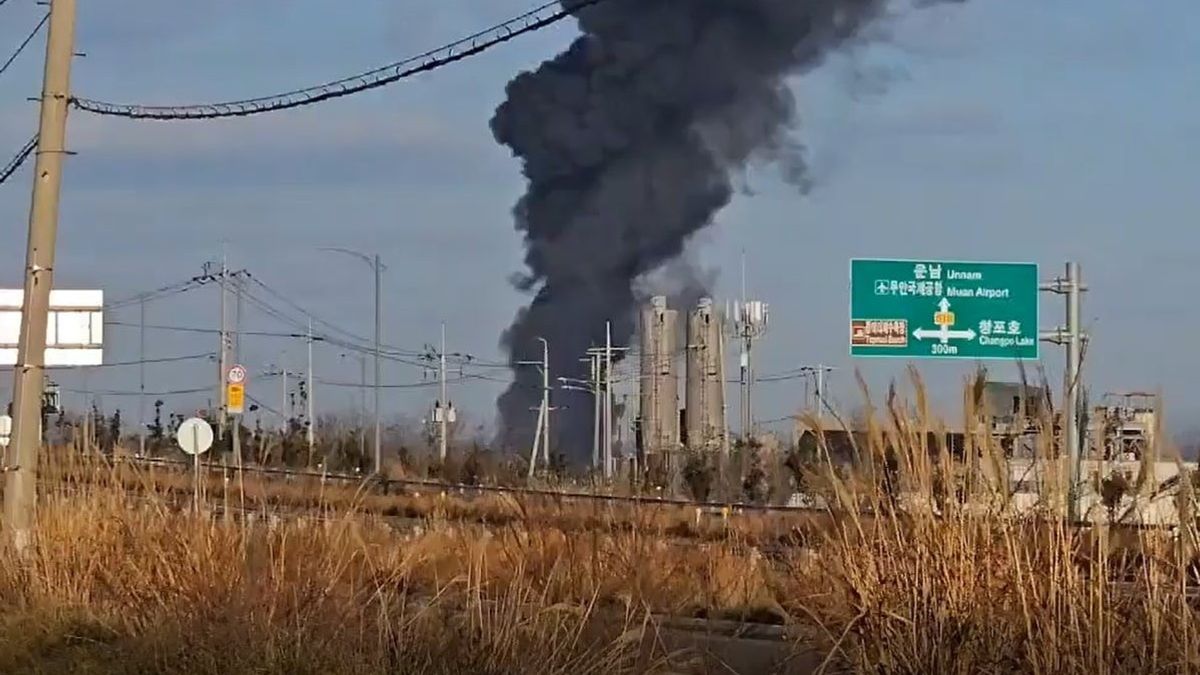Plane crash in South Korea: These devastating events aren’t just isolated incidents; they’re complex occurrences shaped by a multitude of factors. From geographical challenges and unpredictable weather patterns to human error and technological limitations, understanding the contributing elements is crucial to improving aviation safety. This exploration delves into the historical context, technological aspects, human factors, and investigative procedures surrounding plane crashes in South Korea, aiming to shed light on this critical issue.
So, you’re looking into the recent plane crash in South Korea? That’s a serious event. It’s a good idea to compare and contrast such incidents to learn more about aviation safety; for example, check out the details of a similar, albeit smaller-scale, incident, the halifax airport plane crash , to see how different factors can influence outcomes.
Understanding these diverse cases helps us grasp the complexities of plane crashes in South Korea and elsewhere.
We’ll examine South Korea’s unique geographical features, like its mountainous terrain and susceptibility to typhoons, and how these factors impact flight safety. We’ll also explore the role of technology in both preventing and responding to accidents, looking at advancements in air traffic control and flight management systems. Furthermore, we’ll delve into the human element, analyzing pilot training, air traffic control procedures, and the impact of fatigue and stress.
The recent plane crash in South Korea highlights the need for advanced search and rescue technology. Imagine using a drone like the incredibly capable dji neo drone to quickly survey the crash site, providing crucial information to first responders. This could significantly improve the efficiency of rescue operations following a devastating plane crash in South Korea, saving valuable time and potentially lives.
Finally, we’ll discuss investigative processes, media coverage, and international collaborations to enhance safety protocols.
A Look into South Korean Aviation Safety: Plane Crash In South Korea

South Korea’s aviation history, like that of many nations, is marked by both advancements and tragedies. Understanding the factors contributing to plane crashes in South Korea requires examining historical context, geographical challenges, technological aspects, human factors, investigative processes, public perception, and international collaborations. This exploration aims to provide a comprehensive overview of the complexities involved in ensuring air travel safety in this dynamic region.
Historical Context of Plane Crashes in South Korea
Analyzing past accidents reveals a crucial narrative of evolving safety measures. Significant incidents have spurred improvements in regulations and technology, leading to a gradual enhancement of safety standards.
- 1970s-1980s: Early years saw a higher frequency of accidents, often attributed to less stringent safety regulations and technological limitations. These incidents led to increased investment in infrastructure and training.
- 1990s-2000s: The industry witnessed a period of improved safety, with a decrease in accident rates due to the adoption of international standards and technological advancements. However, individual incidents highlighted areas needing further attention.
- 2010s-Present: Continued focus on safety protocols, technological upgrades, and rigorous pilot training has resulted in a comparatively better safety record, although the inherent risks associated with air travel remain.
A comparison with international counterparts reveals that South Korean airlines generally maintain a comparable safety record, though continuous improvement efforts are ongoing. Geopolitical factors, such as regional tensions, can occasionally impact air travel safety through route adjustments and heightened security measures.
Geographic and Meteorological Factors

South Korea’s unique geography and variable weather significantly influence aviation safety. Mountainous terrain and frequent weather changes present challenges for pilots and air traffic controllers.
| Terrain | Weather Patterns | Proximity to Mountains | Coastal Influences |
|---|---|---|---|
| Highly mountainous with varied elevations | Frequent changes, including typhoons, monsoons, and fog | Many airports are situated near or within mountainous regions | Coastal winds and low-lying clouds affect visibility and flight paths |
Typhoons and monsoons, particularly during summer and autumn, pose significant risks, impacting visibility and creating strong winds. Meteorological data, including radar and satellite imagery, are crucial for flight planning and real-time decision-making, enabling diversions or cancellations when necessary. A hypothetical scenario could involve a typhoon causing severe turbulence and low visibility, leading to a deviation from the flight path and a subsequent collision with mountainous terrain.
Technological Aspects and Air Traffic Control

South Korea employs advanced air traffic control systems, including radar and satellite-based navigation, to monitor and manage air traffic. Technology plays a vital role in preventing accidents, with flight management systems enhancing navigation precision and collision avoidance capabilities.
While South Korea’s technological advancements in aviation safety are largely on par with global standards, continuous upgrades and integration of newer technologies are essential for maintaining a high level of safety.
- Improved weather forecasting systems
- Enhanced collision avoidance technologies
- Next Generation Air Transportation System (NextGen) implementation
Human Factors in Plane Crashes
Human error remains a significant contributor to aviation accidents globally, including in South Korea. This encompasses pilot error, air traffic controller mistakes, and maintenance oversights.
Rigorous training and certification processes are in place for pilots and air traffic controllers, aiming to minimize human error. However, factors like pilot fatigue and stress can still negatively impact performance and decision-making. Past accidents have underscored the importance of addressing these human factors through improved training, stricter regulations, and better fatigue management strategies.
Investigative Procedures and Aftermath, Plane crash in south korea
Following a plane crash, a thorough investigation is conducted, typically involving multiple agencies, including the Ministry of Land, Infrastructure, and Transport and the aviation safety authority. The investigation follows established international protocols, focusing on identifying the cause and recommending preventive measures.
- Gathering evidence from the wreckage site
- Interviewing witnesses and personnel
- Analyzing flight data recorders (black boxes)
- Issuing a final report with findings and recommendations
Common steps taken to improve aviation safety after a major accident include implementing new regulations, enhancing training programs, and upgrading technological systems.
Okay, so we’re talking about that awful plane crash in South Korea, right? The impact on the country is huge. It’s a stark reminder of how fragile life can be, especially when you consider the fame and fortune enjoyed by someone like lee byung-hun , who, despite his success, is still vulnerable to the same unpredictable events as everyone else.
The aftermath of this South Korean plane crash will undoubtedly have lasting effects on many lives.
Public Perception and Media Coverage
South Korean media typically provides comprehensive coverage of plane crashes, balancing factual reporting with public concerns. This coverage can significantly impact public perception of air travel safety, potentially leading to decreased confidence in air travel if not managed effectively.
Government communication plays a critical role in managing public anxiety by providing timely and accurate information, addressing concerns transparently, and assuring the public of ongoing safety measures. A hypothetical media response plan would involve a coordinated effort to disseminate information promptly and accurately through various channels, emphasizing safety measures and ongoing investigations.
International Collaboration and Standards
South Korea actively collaborates with international aviation safety organizations, such as the International Civil Aviation Organization (ICAO), to maintain alignment with global standards and best practices. Adherence to these international standards is crucial for ensuring interoperability and maintaining a high level of safety across borders.
International cooperation enhances investigation processes by facilitating the sharing of expertise and best practices. Joint investigations and the harmonization of safety regulations are key aspects of this collaboration.
End of Discussion

Ultimately, understanding plane crashes in South Korea requires a multifaceted approach. By analyzing historical trends, geographical constraints, technological advancements, human factors, and international collaborations, we can identify areas for improvement and work towards a safer future for air travel in South Korea and beyond. The ongoing commitment to rigorous investigation, technological innovation, and robust training protocols remains paramount in minimizing the risk of future tragedies.
Quick FAQs
What is the most common cause of plane crashes in South Korea?
There’s no single most common cause; incidents are usually a combination of factors, including weather, human error, and mechanical issues. Detailed investigation reports provide specific causes for each accident.
How does South Korea’s air traffic control compare to other countries?
South Korea’s air traffic control system is generally considered modern and efficient, but like all systems, it’s constantly evolving to meet safety standards and technological advancements.
What compensation is available to victims of a plane crash in South Korea?
Compensation varies depending on the circumstances and is typically determined through legal processes involving the airline and relevant insurance providers.
Are there specific regulations regarding pilot rest and fatigue in South Korea?
Yes, South Korea adheres to international standards and regulations regarding pilot flight time limitations and rest periods to mitigate the risks associated with fatigue.
